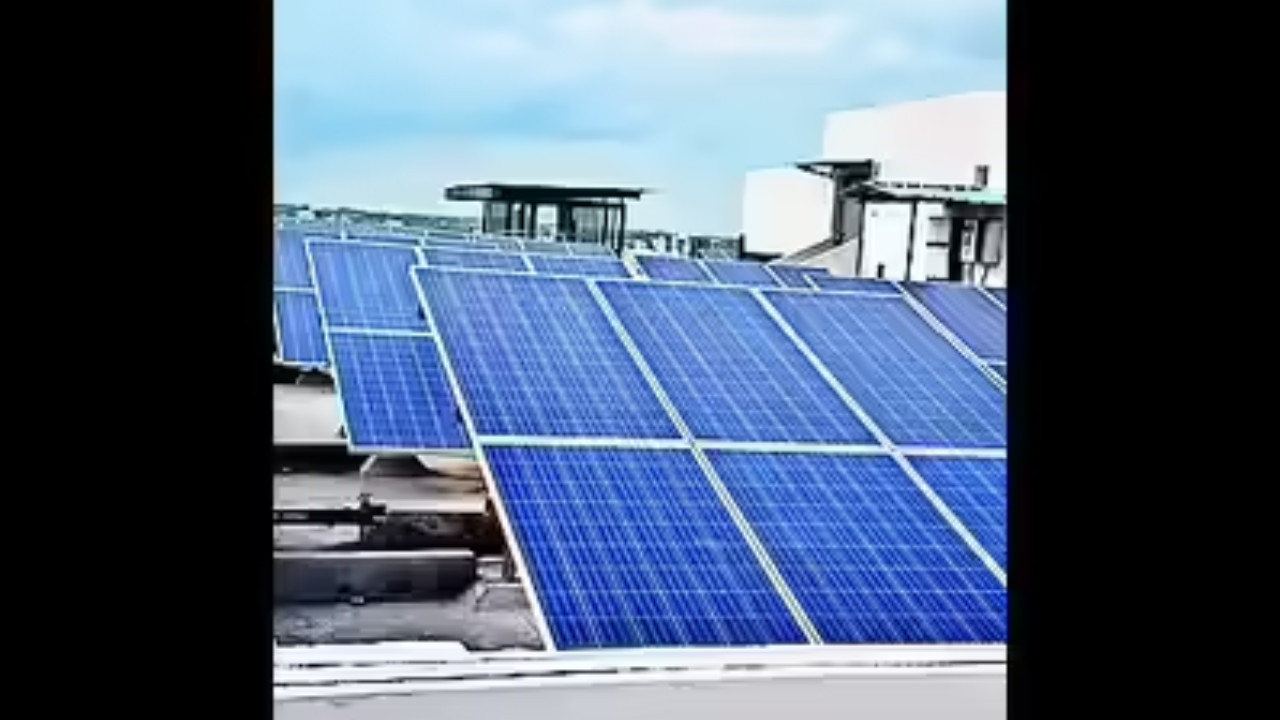Clouds Gather Over Solar Imports: Will US Tariffs Impact India and Southeast Asia?
The sun may be shining brightly on the renewable energy sector, but storm clouds are brewing over the global solar panel market. A coalition of U.S. solar manufacturers has recently lodged a complaint, alleging that companies in India, Indonesia, Laos, and Malaysia are unfairly dumping solar panels onto the American market. This move could trigger significant tariffs, potentially reshaping the landscape of solar energy trade and raising questions about the future of affordable solar power in the United States.
The core of the issue revolves around what the American manufacturers see as a calculated strategy. They claim that solar panel producers in these Southeast Asian and Indian nations are selling their products in the U.S. at prices significantly below production cost, a practice known as “dumping.” They further assert that these producers are benefiting from subsidies from their respective governments, giving them an unfair advantage over American companies. This, they argue, is harming domestic businesses and threatening billions of dollars in investments in U.S. solar manufacturing.
If the U.S. government agrees with these allegations, it could impose hefty tariffs on solar panel imports from these countries. This wouldn’t be the first time the U.S. has taken such action in the solar sector. Previous tariffs have been implemented on Chinese solar products, leading many manufacturers to shift production to Southeast Asia. Now, these very nations are facing similar scrutiny.
Why the U.S. Solar Industry is Worried
The U.S. solar industry is at a crucial juncture. The Inflation Reduction Act (IRA) has injected significant investment into domestic solar manufacturing, aiming to create jobs and bolster energy independence. However, American manufacturers argue that they cannot compete with the artificially low prices of imported panels. They believe that tariffs are necessary to level the playing field and allow domestic companies to thrive.
Imagine trying to build a business when your competitors are selling similar products for far less than it costs you to make them. That’s the challenge these U.S. manufacturers are facing. They contend that without protection, the promise of the IRA will be undermined, and the U.S. will remain reliant on foreign sources for its solar energy needs.
The Potential Impact on Consumers and the Renewable Energy Transition
While tariffs might benefit U.S. manufacturers, they could also have unintended consequences for consumers and the broader renewable energy transition. Higher solar panel prices could make solar installations less affordable for homeowners and businesses, potentially slowing down the adoption of clean energy. This is especially concerning as the nation races to meet ambitious climate goals.

The Solar Energy Industries Association (SEIA), a trade group representing solar installers and developers, has consistently opposed tariffs, arguing that they ultimately harm the industry and raise costs for consumers. They emphasize the need to balance supporting domestic manufacturing with ensuring affordable access to solar energy. Read more about other industry challenges and trends.
India’s Perspective and the Global Implications of US Solar Panel Tariffs
The Indian government and solar manufacturers are likely to strongly contest the allegations. They might argue that their prices are competitive due to efficient production processes and lower labor costs, not unfair practices. Imposing tariffs could strain trade relations between the U.S. and India, a key partner in various strategic initiatives.
Furthermore, this situation highlights the complex and interconnected nature of the global solar supply chain. Tariffs imposed on one country can have ripple effects across the entire industry, potentially leading to higher costs and delays in solar projects worldwide. It raises questions about the long-term sustainability and stability of the solar market. The outcome of this case will be closely watched by solar companies, policymakers, and consumers around the globe.
The investigation is now underway, and the U.S. International Trade Commission will make a preliminary determination in the coming months. Depending on the findings, the Department of Commerce will then decide whether to impose tariffs. The final decision could have a profound impact on the future of solar energy in the United States and beyond.
The outcome of this investigation will be a critical moment for the U.S. solar industry. A delicate balance must be struck between supporting domestic manufacturing and ensuring affordable access to clean energy. The decisions made in the coming months will shape the future of solar power and its role in the global energy transition.







